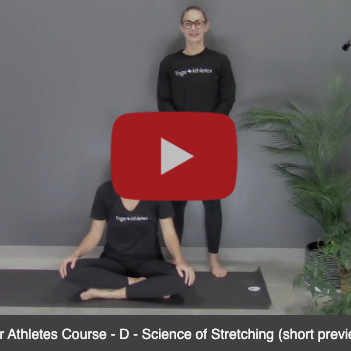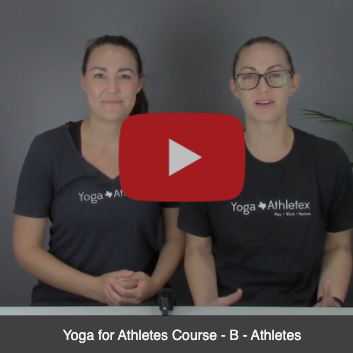We can start a comparison by lying on our backs, knees bent, elbows bent. As you can see, the knees and elbows bend alike. If you straighten your left leg and left arm, you can still find great similarity. It’s as if the upper and lower extremities mirror each other.
It’s easy to note that the legs and arms are completely different from one another and serve different anatomical purposes. However, if you look closely, it is really mind-boggling how similar they are. Let’s take a look at structural similarities first.
The Bones
The foot is made up of 26 bones, 14 phalanges (toes), 5 metatarsals, and 7 tarsals. The hand is made up of 27 bones; 14 phalanges (fingers), 5 metatarsals and 8 carpals. The ankle and wrist joints move in the same direction: flexion, extension, abduction and adduction.
There are two bones in the foreleg and two bones in the forearm. The knee and elbow are respective hinge joints. Even the pointy elbow works similarly to the kneecap. As we move up, we find the femur (leg) and the humerus (arm). Both are long bones that end at the top with a ball and socket joint. This joint is used for mobility in both extremities.
Even the pelvis and scapula are similar. Both are flat, weird shaped bones. The clavicle and pubic bone also function quite similarly. The each connect the pelvis and shoulder girdle.
The Muscles
In addition to structural similarities we will also find muscular similarities. For instance our forearm flexors are very similar to our calf muscles, which move the ankles and are much larger than the opposing muscles.
In the upper leg, or thigh, we have quadriceps. They are called QUADriceps because they are divided into four sections. On the upper arm, we have the triceps. they are called TRIceps because they are divided into three sections. Both share a common tendon that crosses the knee and elbow, respectively. Both muscles are also dedicated to extension.
On the other side of the femur, or thigh, we have hamstrings which are a group of three muscles. In the arm, we have the biceps, which is a two part muscle. The biceps cross at the shoulder joint and assist in flexing. This mirrors the movement of the hamstrings in contraction.
Even the gluteals of the hip joint mirror the deltoids of the shoulder joint. The front sections of both muscles pull their respective limbs forward and rotate internally. The back portions work in an opposite direction by extending and rotating externally.
Improving Body Awareness
Observing all the similarities of our bodies can help deepen our understanding of movement. I encourage to do an in depth body scan next time you are on a yoga mat. As you move your arm forward in extended side angle, note the use of the deltoid and how the work of the gluteal muscle is mirroring that same movement in opposition.
The body is a fascinating machine. Let us all be wise and mindful with our movements to lead to a more controlled and kind lifestyle.
On-Demand Yoga
Ready to practice yoga and improve your body awareness? Sign up for a 7-day free trial of YAX Online to get access to all of our on-demand yoga classes.
STAY IN THE LOOP!
Subscribe to our free newsletter.
Here's a 4-minute video clip from the 19-minute section about the Science of Stretching from the Yoga Coaching Course!
Here's an 8-minute video about athletes from the Yoga Coaching Course!
Here's a 7-minute introduction video for the Yoga Coaching Course.
This course will give you a better understanding of the importance of yoga and how to apply it to the athletes you currently work with.



